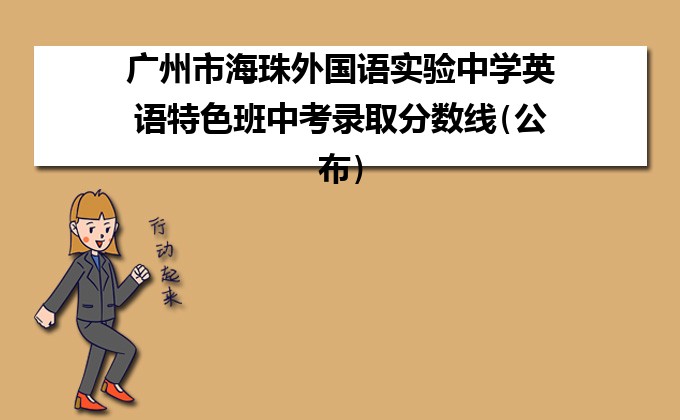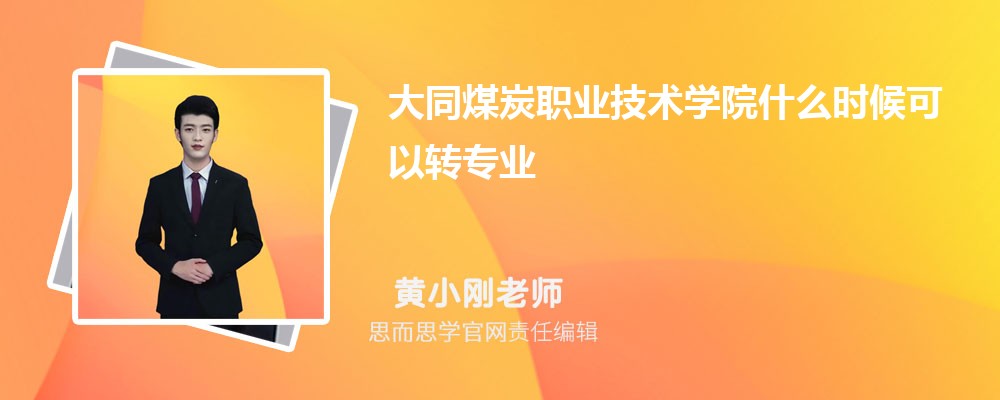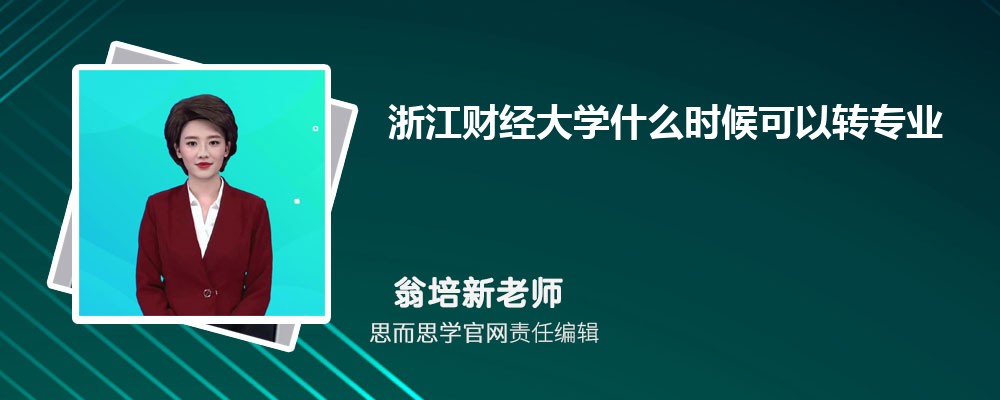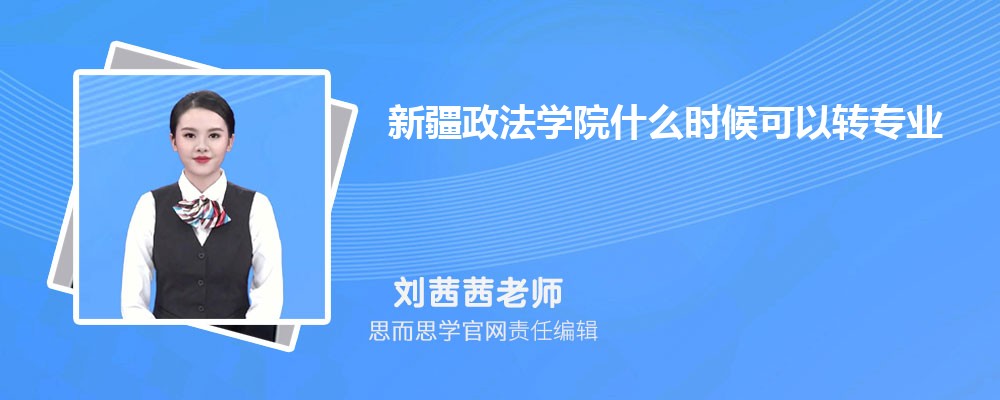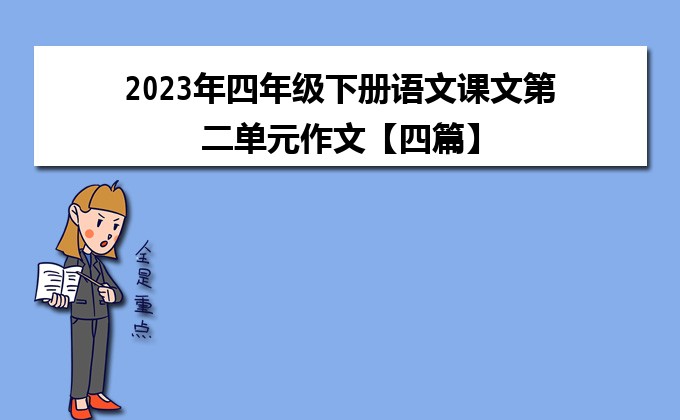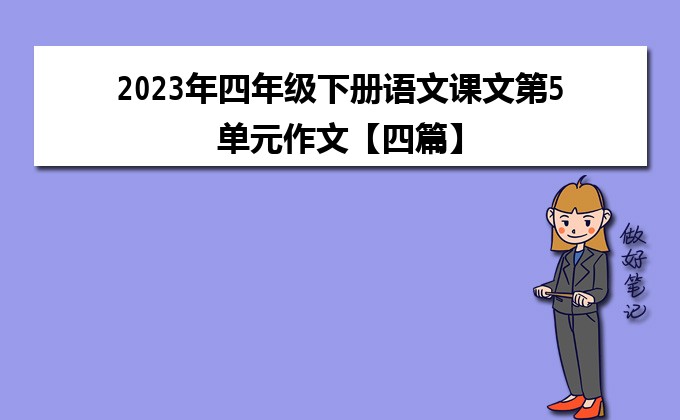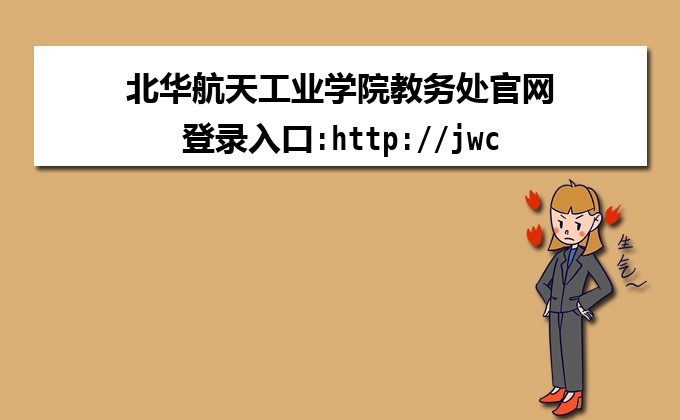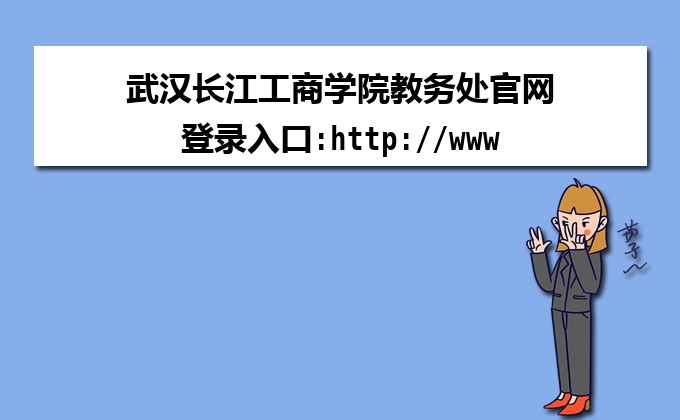中学英语教学案例分析两例
发布时间:2017-12-11 编辑:互联网 手机版
中学英语教学案例分析(1)
What things can harm the environment ?
What do you think we should do to improve our environment ? )
活动目的:通过列举污染源,学生更清楚当前环境的不仅如人意,保护环境刻不容缓,从而使学生增强保护环境的意识。他们动脑筋,想办法,积极讨论保护环境的措施,在不知不觉中提高英语语言运用能力。
活动过程:
T: There is much pollution all over the world now
. Can you tell me what it is ?
(学生很快地回答)
Ss: Water pollution ; Air pollution; Noise
pollution;soil pollution …etc.
T: Do you know what causes water pollution ?
Ss: Factories pour waste water into rivers and lakes .
T: All the factories ?
Ss: No .
T: What factories ?
Ss: Paper factories , printing and dyeing mills ,
plastic factories…ect.
( 学生不会用英语说“印染厂及塑料厂”,他们说中文,我说英文。)
T: What else can cause water pollution ,too?
Ss: Some people throw rubbish into rivers and lakes .
T: How can we help to solve this problem ?
( 学生们分组讨论解决办法。 )
Ss: We can advise the directors of these factories
to stop pouring waste water into rivers and lakes .
T: If they don’t accept your advice ,what else can
we do ?
( 学生们讨论更热烈了,过了一会儿,他们七嘴八舌地说:)
Ss:1. We can write a letter to Green China about it .
2. We can also ask newspaper reporters and TV
station reporters to report these factories .
……
T: There is a paper factory in my hometown .It
pours waste water into the river every day . The
people in the town drink the water of the river
every day . They have advise the leader to stop
pouring waste water into the river many times .But
he never accepts it . Can you write a letter about
it to the Green China ?
(学生异口同声说“Yes”。由于写作太费时间,这封信作为回家作业,请同学们写在作业本上。)
T: You have told me what causes water pollution
and how to solve this problem .You’re very clever
.Thank you very much .But can you tell me what
causes air pollution ?
Ss: The smoke of factories ,the smoke given out by
buses ,cars ,trucks ,motorbikes …ect.
T:There aren’t many factories in our city,Hangzhou .But the air is not good enough .Why ?
Ss: Because there is much traffic .
T: Can you think out a way to solve this problem?
(学生们分组讨论解决方案,基础差的同学也纷纷参与,只不过在用中文说;基础好的同学在帮他们翻译。)
Ss: 1.We can plant more trees on roads .
2.We can ask people not to drive their cars to work .
3.We can ask people to ride bikes to work .
4.We can tell people riding bikes is good for
their health . ……
T: If their homes are far away from their
workplaces ,can they ride bikes to work ?
Ss: No.
T: How can we solve it ?
(学生们兴致更高了。你说一句,我说一句。大意是:)
Ss: We can ask the leader of the city to develop
the public traffic. Such as adding more buses ,building underground . …ect.
T: We have thought out many methods to improve our
environment .I will try my best to tell our
government that something must be done to make
Hangzhou more beautiful .Have you ever made any pollution ?
Ss: Yes .
T: Can you tell me something about it ?
Ss: Yes .
S1: I sometimes spit in public places .
S2: I sometimes draw on public walls .
S3: I cut down a small tree in my school in Grade
One .I feel very sorry now .
S4: We sometimes throw litter on the ground in and
out of our classroom .
S5: I often don’t pick up rubbish in public places .
…….
(我乘机问全班同学下列问题。)
T: Will you spit in public places from now on ?
Ss: No.
T: Will you draw on public walls any more?
Ss: No.
T: Will you cut down trees in the future ?
Ss: No.
T: Will you throw rubbish in public places?
Ss: No.
…….
(这时候,同学们情绪很高涨,他们几乎是异口同声地说:)
We must try our best to make our city (our
country) the most beautiful one in the world .
点评
本案例是根据第三册第十课的P-read拓展而成的。
1.本文所设计的问题实际上是英语课与生物课中的“环保”章节的整合。教师让学生列举污染源,学生讲出了很多的污染源-----空气污染、水污染、土壤污染、噪音污染等等。实际上让学生复习了生物课中刚学的“大气与健康”、“土壤与健康”、“水与健康”等的环保知识。
2. 教师让学生分组讨论如何解决这些污染问题,巧妙地运用了合作学习法,不但培养了学生探究问题和自主解决问题的能力,而且也培养了学生的参政议政的意识。
同学们以主人翁的身份,提出了种种解决方法。解决水污染问题,他们先用劝说的办法,当此法行不通时,再借助新闻媒体的力量,最后,上告政府;解决空气污染问题,他们号召人们骑车上班。当老师提醒他们,若家离工作地方很远,不能骑车上班时,该怎么办?他们马上想到了公交车。他们要求政府增加公交车辆,建造地铁。
3.老师因势利导,请他们回忆一下,以前有否做过有损于环保的事情。其实是英语课与政治课的整合。在这么和谐,民主、激动的气氛中,同学们毫无顾忌,畅所欲言,纷纷讲述了自己以前的不文明表现。当老师问他们以后还会做这种事吗?他们很真心地回答“No”。自然恰当的德育渗透,起到一箭双雕的作用,使活动达到了高潮。
总之,整个过程,教师不是在“教教材”,而是在“用教材教”。教师根据学生的实际情况和生活经验创造性地使用教材,从学生熟悉的知识入手,创建一个个与学生生活密切相关的问题情景,让学生带着问题思考,寻找解决问题的办法。真正体现了《新课标》的精神----“在发展语言能力的同时,发展思维能力,激发想象力和创造力。”
《新课标》说;活动不应该仅限于课堂教学,而要延伸到课堂之外的学习和生活之中。同学们回忆自己的不文明行为,作自我批评,是活动的高潮,是自我教育,提高环保意识的最有效手段。当时,教师应该趁热打铁,利用同学们的这份热情,让同学们利用课余时间,用英语采访同年级的别班同学,让同学们在同龄人面前很自然地回忆自己的不文明行为。然后,以此为依据,让本班同学用英语向全校同学发一份以“保护环境”为内容的倡议书。这不但会在全校兴起一股学英语的热潮,还会使环保意识深入人心。这是实实在在的任务型教学,体现了学中用,用中学的《新课标》精神。让学生在实现任务的同时,感受成功,以形成积极的学习态度,促进英语语言实际运用能力的提高。这才真正符合《新课标》的理念。
思考与探讨:
1在每一次分组与讨论的过程中,如何更有效的促进上、中、下学生进行合作学习,互相帮助,使每位同学在每个活动中都有所得,尽量减少两极分化,是我们急需要解决而又难以解决的问题。
2.班额大,在分组讨论过程中,教师很难及时地对每个组进行指导。久而久之,必定影响实际教学效果。怎么办?
3.用“真问题”组织课堂教学时,要留给同学足够的思维时间和回答问题的时间,教学任务完不成,怎么解决这对矛盾?
4.水污染;空气污染已严重威胁着人类的健康。如果把学生分成两大组,一组学生调查西溪河的污染原因和污染情况,再根据调查结果制定出相应的解决方案。还有一组学生调查城西地区早晚的汽车流量及空气质量。把调查结果及时地报告市政府,便于政府及时地采取措施。这样的活动既能把课堂知识延伸到课外,又能体现学中用,用中学的《新课标》精神。但是在初中外语教学中,学生有必要进行这样的探究性学习吗?




